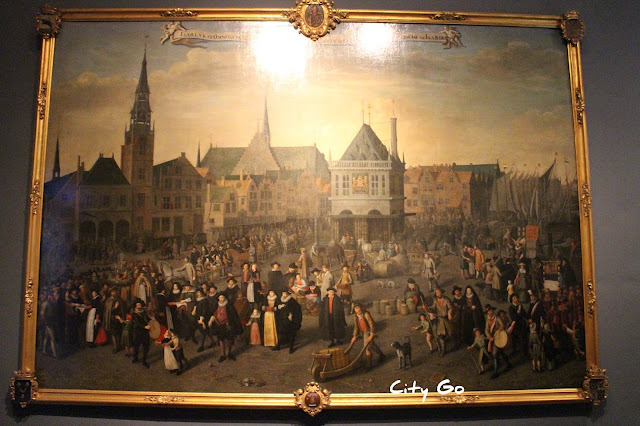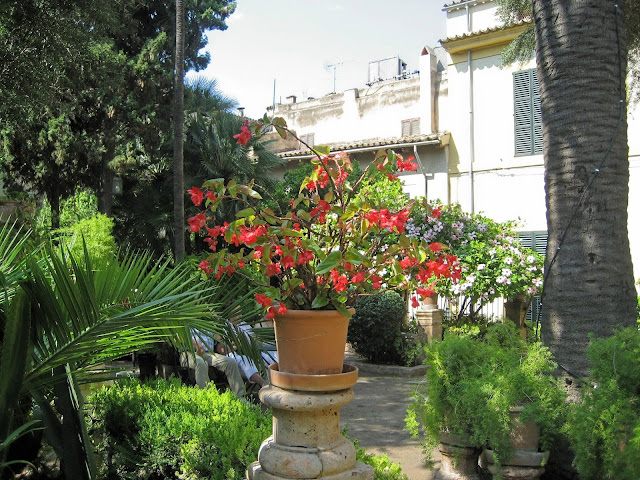Roman Ruins of Pollentia, Mallorca, Spain.

The ruins of the Roman city of Pollentia are just outside the medieval walls of Alcudia. This Roman city was founded in 123 BC after Consul Quintus Caecilius Metellus conquered the island and was the capital of Mallorca and all the Balearic islands during Roman domination. The city comprises a Forum, a Roman theatre, a Capitolium temple, two minor temples, a residential area and a commercial area. La Portella, the residential area, displays the remains of three houses: the House of the Two Treasures, the House of the Bronze Head- given this name because of a head of a statue found there, now on display in the museum- and the Northwest House, partially amputated by the construction of a defensive wall. The Roman theatre is perhaps the most impressive remain. It dates back to the 1st century and is thought to have had a 2000 person capacity. However, it is the smallest of twenty theatres found in Spain. It was abandoned after the invasion of the Vandals and used as a necropolis.







